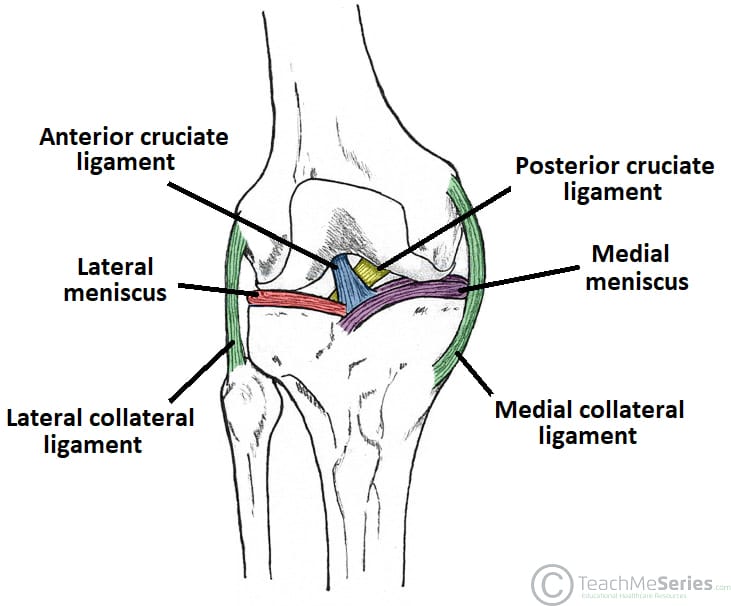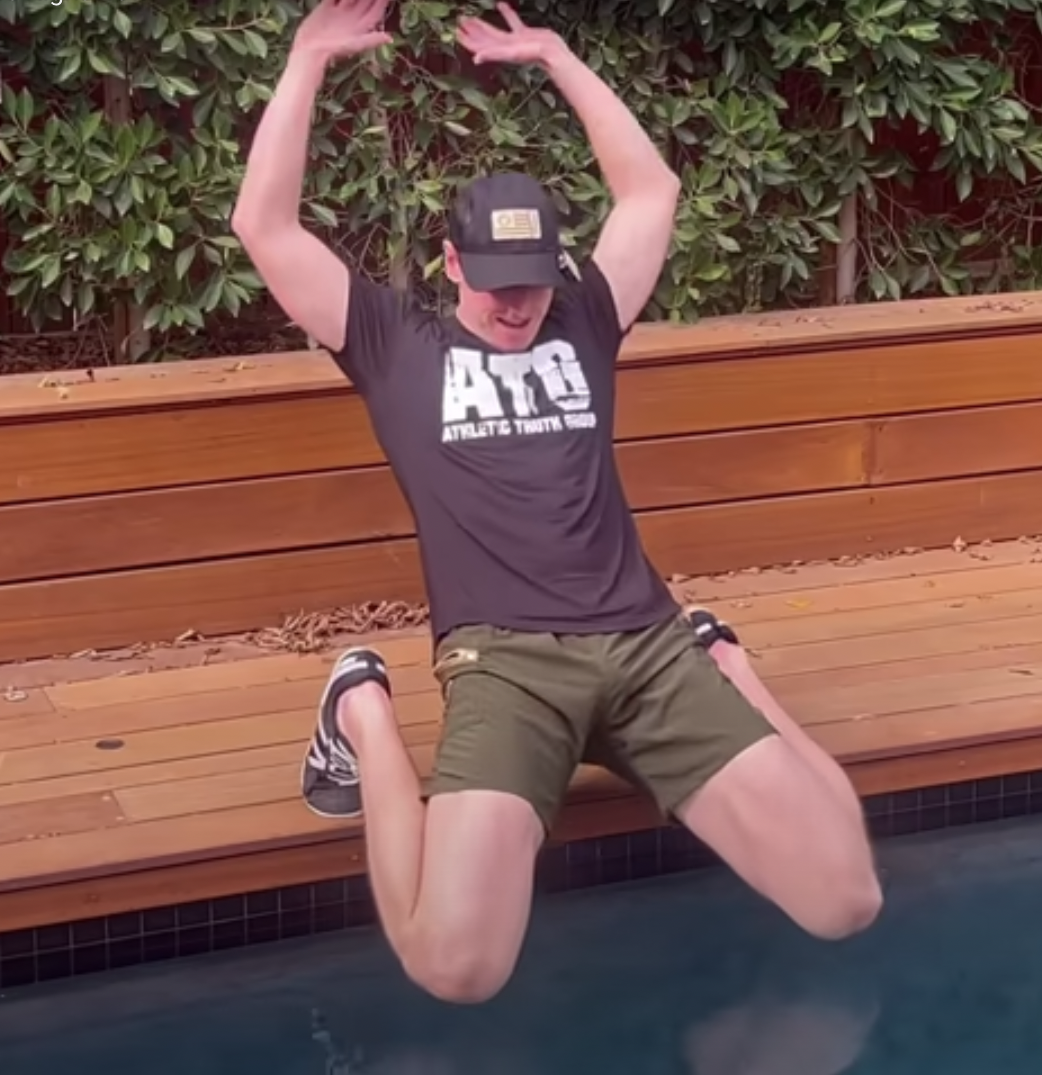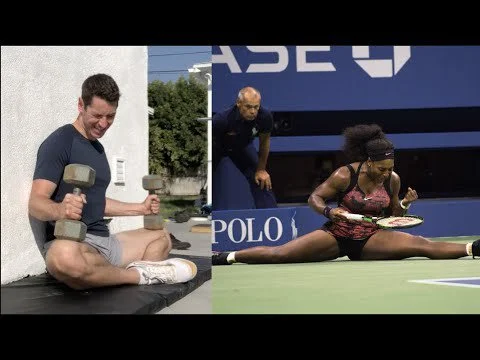
Resisted Butterfly: Enhance Mobility and Alleviate Knee and Back Pain
Welcome to mobilityabilityagility.com, the trusted source for training and activities that improve mobility. The Resisted Butterfly is a potent exercise. It targets the hip muscles, strengthens the core, and helps to reduce knee and back discomfort. We will examine this exercise in this post. The Resisted Butterfly is a useful addition to your mobility training programme, whether you’re an athlete aiming to enhance performance or someone seeking solace from discomfort.
Understanding the Resisted Butterfly Exercise
A dynamic mobility exercise called the “Resisted Butterfly” aims to improve range of motion and engage the hip muscles. Through the controlled use of resistance bands, this exercise develops the muscles’ strength, stability, and flexibility.
Benefits of the Resisted Butterfly
Hip Mobility Enhancement: The hip abductors and external rotators are the focus of the Resisted Butterfly, which increases their flexibility and range of motion. Hip mobility can improve overall movement quality, lower the chance of injury, and improve athletic performance.
Strengthening the Core: The exercise works the lower back and abdominal muscles, which help to stabilise and support the body during movement. For appropriate posture, balance, and a lower risk of back discomfort, a strong core is necessary.
Knee pain relief: Weak hip muscles can make knee pain and discomfort worse. The Resisted Butterfly helps stabilise the knee joint by bolstering the hip abductors, which eases strain and encourages good alignment.
Back Pain Relief: The Resisted Butterfly exercise supports the lower back by using the core and hip muscles, which eases stress and tension. This can improve the health of the spine and reduce back discomfort.
Proper Technique
Set up the Resistance Bands: One end of a resistance band should be fastened to a reliable anchor point at ankle level. Make sure the band is securely fastened to your ankle by attaching the other end to it.
Starting Position: Maintain a straight posture as you stand tall with your feet shoulder-width apart. Also, For balance and stability, hold onto a solid object like a wall or a chair.
Movement Execution: Maintain tension in the resistance band as you slowly raise one leg away from your body’s centre. Again repeat on the other leg after a controlled return to the starting position.
Breathing and Repetitions: Exhale as you drop the leg after lifting it. Indeed As your strength and comfort increase, progressively increase the resistance and repetitions to 10–12 on each leg.
Tips for Effective Resisted Butterfly Training
Start with Light Resistance: To guarantee good form and technique, start with a lighter resistance band. Increase the resistance level progressively as you gain confidence and skill.
Focus on Controlled Movements: To effectively engage the target muscles, move slowly and deliberately while performing the Resisted Butterfly exercise. Also avoid swinging or using momentum.
Engage the Core: Then draw your belly button towards your spine to keep a strong core throughout the exercise. furthermore, Your body will become more stable and your lower back will be safeguarded.
Consistency is Key: Include the Resisted Butterfly in your regimen for practising mobility. Then, to noticeably enhance mobility and pain relief, aim for at least two to three sessions per week.
Safety Considerations and Precautions
Listen to Your Body: While performing the exercise, pay attention to any discomfort or pain. Stop immediately and seek medical attention if you feel sharp or severe discomfort.
Proper Warm-Up: Prior to doing the Resisted Butterfly exercise, prioritise a complete warm-up. Besides, This can involve mobility exercises and modest dynamic stretches to get your body ready for the movement.
Individualization: To meet your needs and fitness level, adjust the resistance band tension and exercise intensity. Because everybody is different, you should modify the exercise to fit your skills and limits.
Seek Professional Guidance: Before beginning the Resisted Butterfly or alternatively, any new exercise regimen, speak with a licenced healthcare or fitness expert if you have any current medical conditions, injuries, or concerns.
The Resisted Butterfly exercise is a powerful mobility training exercise that develops the core, focuses the hip muscles, and eases knee and back discomfort. You can increase stability, increase hip mobility, moreover get pain relief by including this exercise in your programme. Always prioritise good technique, pay attention to your body, and seek professional advice as necessary. Accept the Resisted Butterfly to open the door to greater mobility and wellbeing!
for more visit:
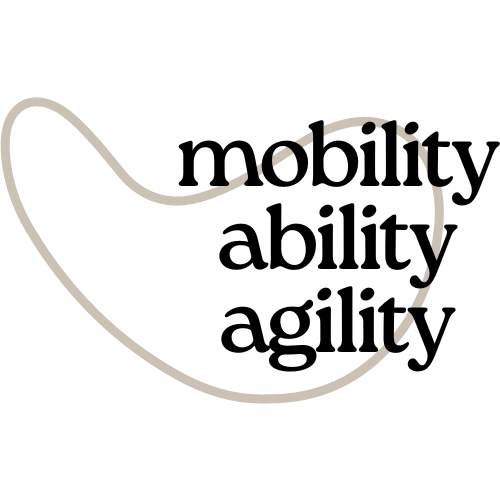

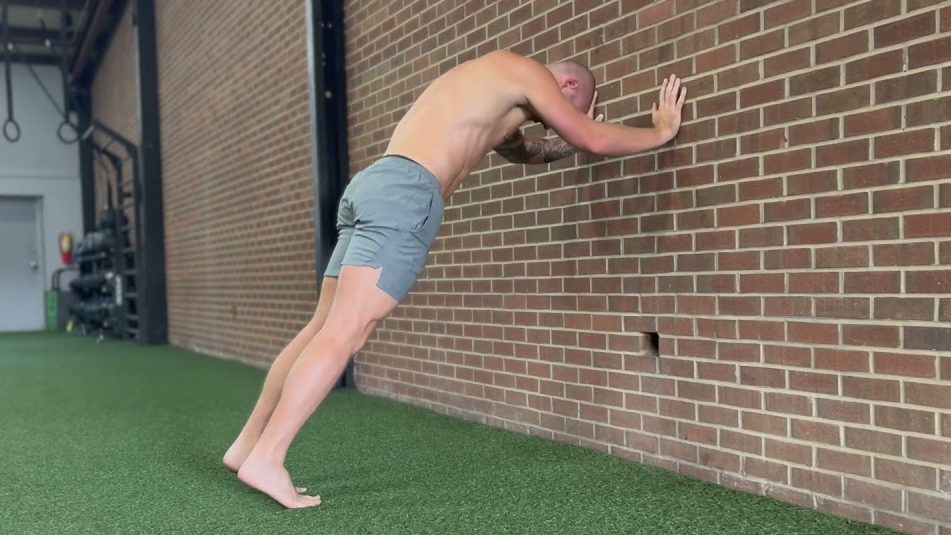
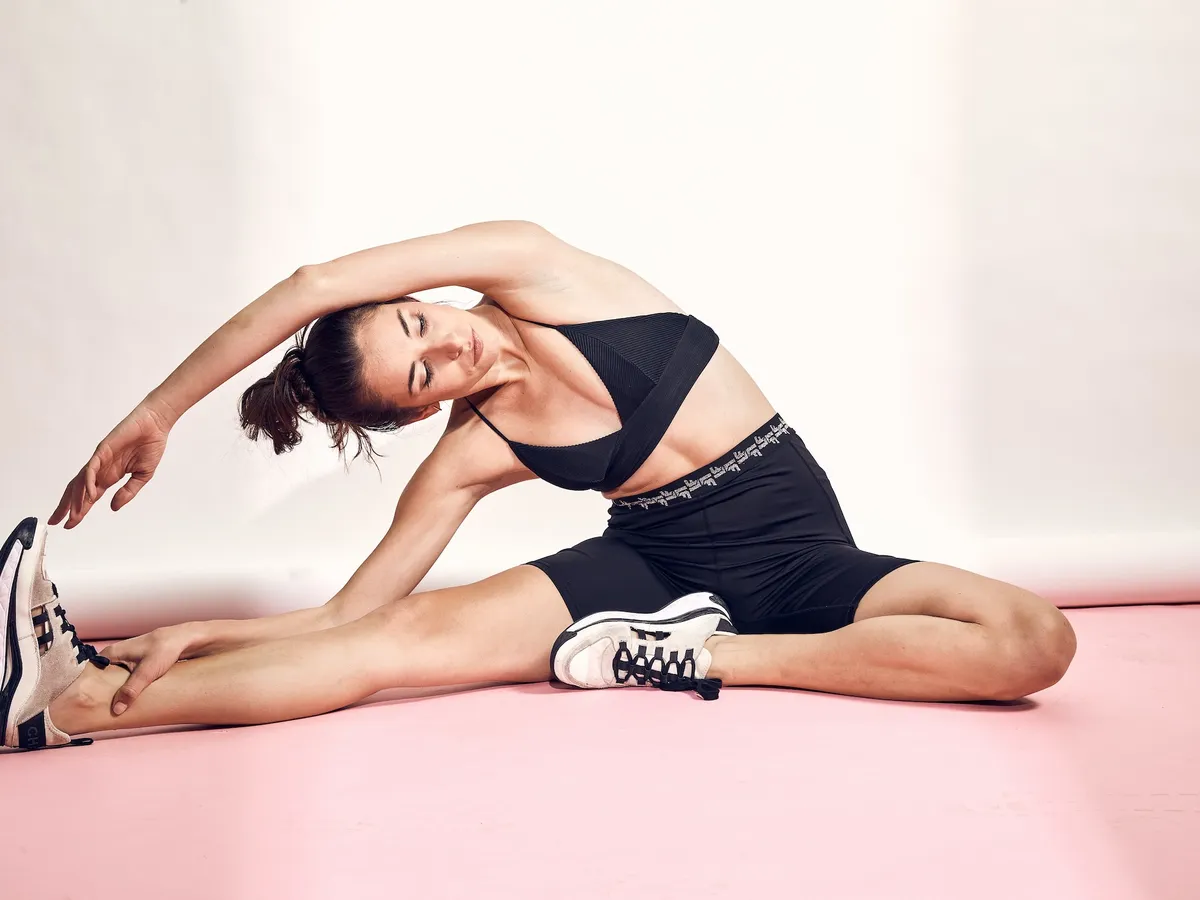
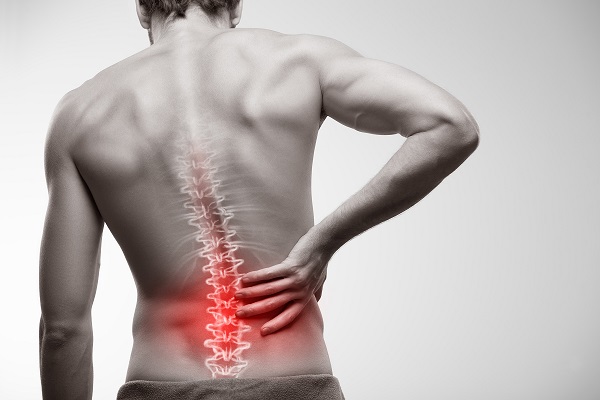
![How to Fix Sciatica [THE SURPRISING TRUTH]](https://mobilityabilityagility.com/wp-content/uploads/2023/06/sciatica.webp)
